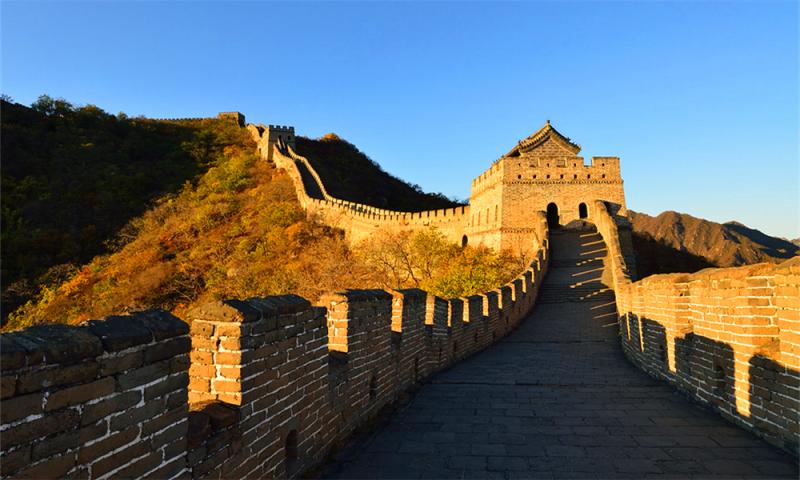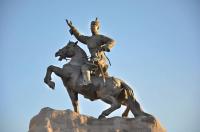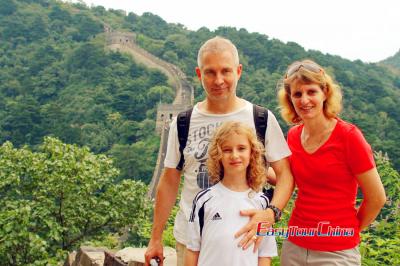6-day Traces of Genghis Khan Tour From Beijing to Zhangjiakou
Overview
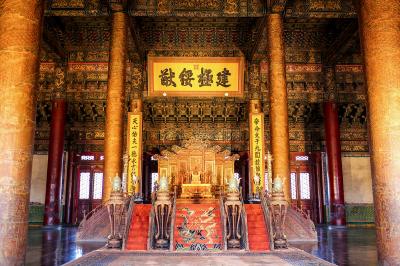
With Easy Tour China’s 6-day traces of Genghis Khan tour, explore ancient capitals of Mongol Yuan Dynasty from Beijing to Zhangjiakou.
In China’s history, Yuan Dynasty reign the country for just one hundred years, which is short compared to main dynasties like Tang, Han, Ming and Qing. But as the most controversial dynasty, it is widely attracted historians’ interests all over the world. This trip will offer you a chance to explore the truth of the history by visiting two capitals of Mongol Yuan Dynasty. At the same time, you will have chance to view the must-see sites of Beijing and relax with a road trip for best grassland view in north China.
- Travel style: private tour
- Best for: History Lovers, Expats in China
- Duration: 6 Days / 5 Nights
Customize Your Tour:
☑ Travel Dates ☑ Your Interests ☑ Your Travel Style
Itinerary Expand All
As one of the most famous ancient capitals in the world, Beijing is known to be the capital of Ming and Qing dynasties and seldom know it is one of the capitals of Mongol Yuan Dynasty. Yuan Dynasty had three capitals, Shangdu (Upper Capital or Xanadu), Dadu (Grand Capital) and Zhongdu (Middle Capital). Dadu, currently Beijing, became the capital of Yuan since 1272 during the reign of Kublai Khan. From Beijing, you will start your six days historical trip to discover the myth of Yuan Dynasty.
Upon arrival, you will be met and transferred to your accommodation, a boutique hotel rebuilt by traditional courtyard house in hutong area. Hutongs were first established in the Yuan Dynasty and then expanded in the Ming and Qing dynasties. Free at leisure for rest of the day, during which you can walk around to have a first glance of local people’s life style. Most of the hutongs are narrow and a little bit dusky at night, but you can rest assured that no problem of the safety.
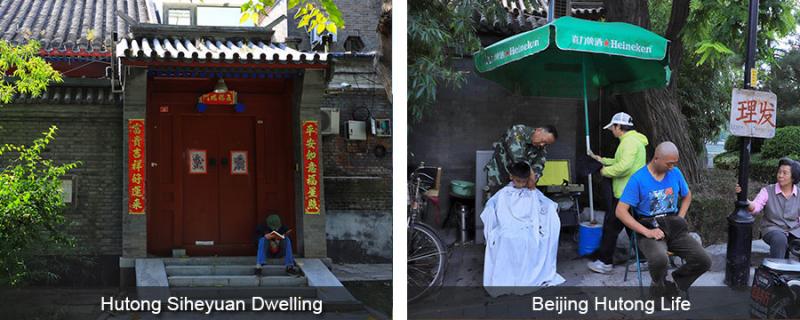
Visit the Tiananmen Square and the Forbidden City in the morning, the must-see and best places to learn Chinese history, architecture and arts. The Forbidden City has just celebrated its 600th anniversary in 2020 and 80% of this palace is accessible, including the city wall and towers at the corners. After late lunch in local restaurant, you will visit the White Stupa Temple (also known as Miaoying Temple), which was commissioned by Kublai Khan in 1271 and its construction was supervised by the Nepali architect Araniko.
Later visit Yuan Dadu City Wall Relics Park, also known as the Tucheng or Earth Wall Park. You will see and walk along the ruins of the northern city wall of Dadu, Capital of Yuan dynasty. Enjoy Peking Roast Duck for dinner.
Meal: B, L, D
Continue your guided Beijing private tour. This morning, you will visit Temple of Heaven, the masterpiece of Chinese traditional architecture. And you can also see how local people, especially senior citizens do their favorable exercises here, like playing Taichi, singing or dancing, playing chess, etc. Afterwards, you will visit the Confucius Temple, the 2nd largest Confucian temple in China, after the one in Confucius hometown Qufu. Built by the grandson of Kublai Khan in 1302 and finished in 1306, the temple is 114 years older than the Forbidden City. Together with the adjacent Imperial College (Guozijian), it worked as the place for the emperor to offer sacrifices to Confucius and the highest institution for selecting officials.
Later, you will take a guided walk in Hutong area with home visit to local courtyard family. Today’s visit ends at Wangfujing Snack Street, where you can try different kinds of traditional snacks of Beijing.
Optional evening activity:
Beijing Opera Show at Liyuan Theater - is the most dominant form of Chinese opera which combines music, vocal performance, mime, dance and acrobatics. The opera features four main role types, sheng (male role), dan (female role), jing (painted faces male), and chou (male clowns). The opera in Yuan dynasty offered big influence to Beijing Opera and many traditional plays are adapted from plays of Yuan opera. You might have chance to see how actors paint their faces before the show begin.
Meal: B, L
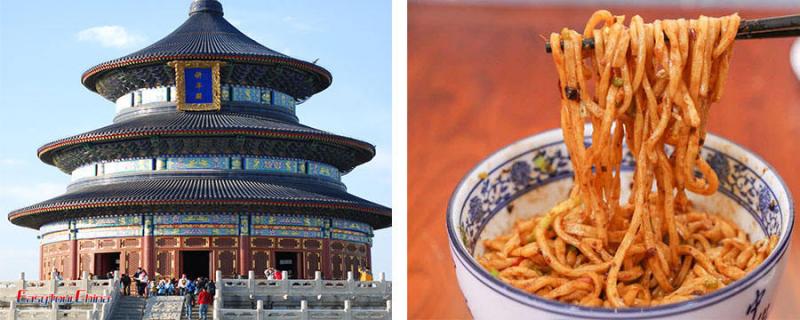
Leave Beijing for Zhangjiakou via the north entrance of Beijing city. The first stop is Juyongguan Pass, where you will visit the Cloud Terrace. The platform was built between 1342 and 1345, during the reign of Emperor Huizong of the Yuan Dynasty. It was part of the Buddhist Yongming Baoxiang Temple and is renowned for its Buddhist carvings and for its Buddhist inscriptions in six languages. And then, visit Ancient Badaling Great Wall, the southwest expanded section of Badaling Great Wall and still in its original form without renovation.
Drive around one hour, you will get to Jimingyi (also called Crowing Post House), the ancient post station. Built in the Ming Dynasty (1368-1644), this post house functioned as a transport hub and a military garrison in the region, showing great strategic significance. Empress Dowager Cixi stayed in the most famous local courtyard Hejia Dayuan overnight while fleeing from the Forbidden City when the Eight-Power Allied Forces occupied Beijing in 1900. You can also see many well preserved temple murals and brick carvings in the post stage, military administrative regions, residential housings, shops and temples. After the visit, continue the driver to Zhangjiakou at late afternoon.
Meal: B, L, D
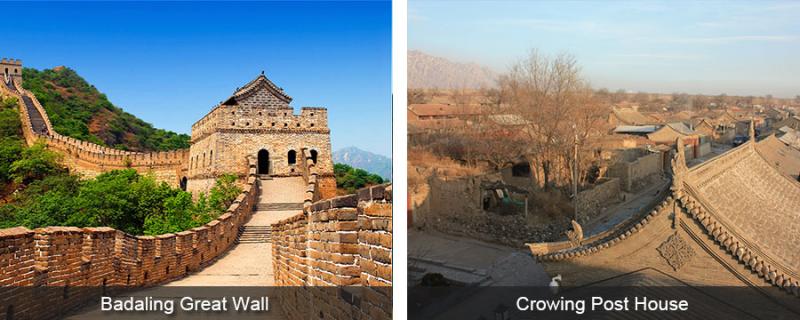
Drive 1.5hrs north to the ruins of Yuan capital Zhongdu at Zhangbei County. Zhongdu was built by the third emperor of Yuan Dynasty – Khayishan Kulug Khan (Emperor Wuzong) right after he came to the throne in 1307. The excavation site covers an area of 1430 square meters. Showing the three parts of the capital – the palaces, the imperial city and the outer city. Afterward, you will visit the Zhongdu Ruins Museum in Zhangbei county.
Lunch in local restaurant and then you will take the car to drive along the Sky Road on the Grasssland, also called China’s Route 66. Starting point is Yehuling Fort (Wild Fox Ridge Fort), the place where the major decisive battle fought between the Mongol Empire and Jurchen-led Jin dynasty during the first stage of the Mongol conquest of the Jin dynasty. The route is 100km across the grassland, en route you will view different kind of sceneries, like rice terraces, wind power farm, stone pillarors and forests. Stop at some sites for a walk or take pictures. Transfer back to Zhangjiakou and overnight.
Meal: B, L
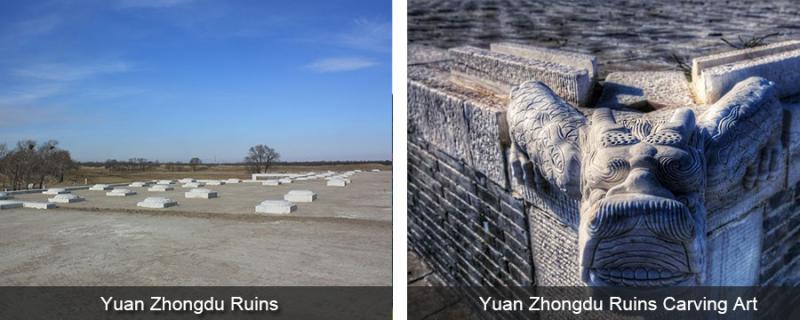
Transfer back to Beijing by private car and finish this history discovering trip of Beijing and Zhangjiakou.
Meal: B
